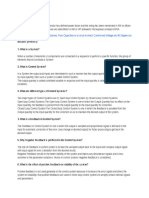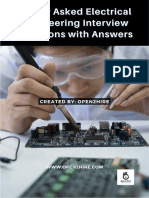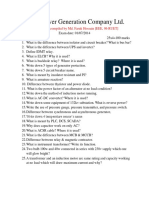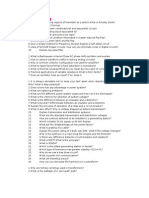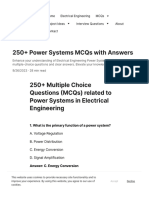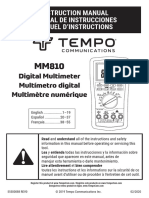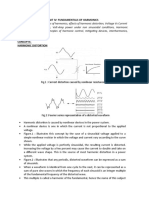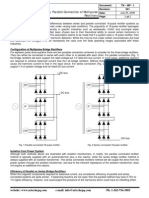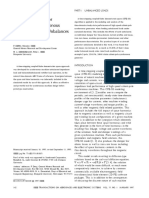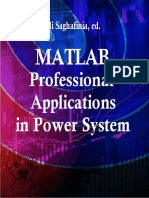0% found this document useful (0 votes)
11 views2 pagesTTO Interview Questions Answers
The document provides a list of interview questions and answers for the Technical Trainee Officer position, covering fundamental electrical concepts such as AC vs. DC, capacitors, Ohm's Law, and PWM. It also addresses components like transistors, circuit breakers, and the differences between smart grids and microgrids. Additionally, it explains protection systems, harmonics, and net metering.
Uploaded by
Areeba NaeemCopyright
© © All Rights Reserved
We take content rights seriously. If you suspect this is your content, claim it here.
Available Formats
Download as PDF, TXT or read online on Scribd
0% found this document useful (0 votes)
11 views2 pagesTTO Interview Questions Answers
The document provides a list of interview questions and answers for the Technical Trainee Officer position, covering fundamental electrical concepts such as AC vs. DC, capacitors, Ohm's Law, and PWM. It also addresses components like transistors, circuit breakers, and the differences between smart grids and microgrids. Additionally, it explains protection systems, harmonics, and net metering.
Uploaded by
Areeba NaeemCopyright
© © All Rights Reserved
We take content rights seriously. If you suspect this is your content, claim it here.
Available Formats
Download as PDF, TXT or read online on Scribd
/ 2

















